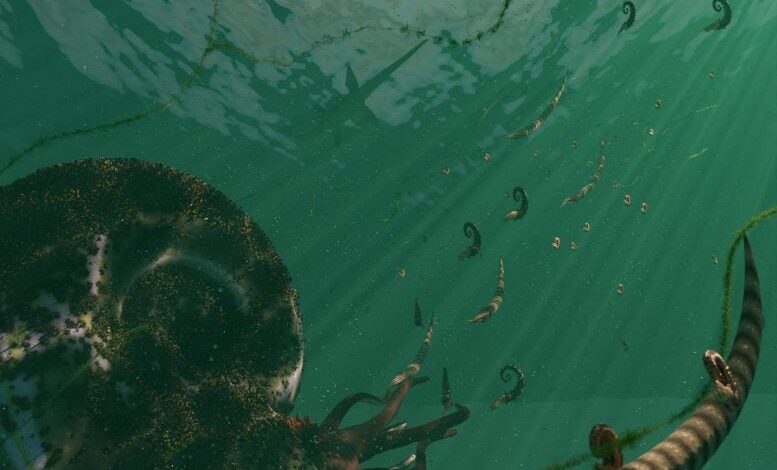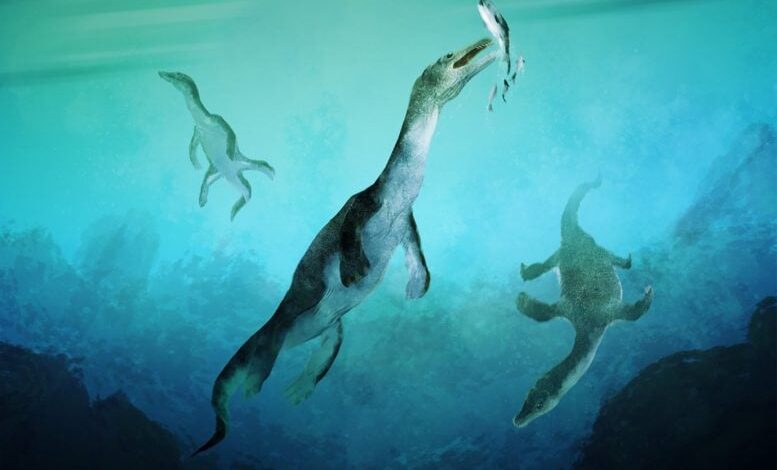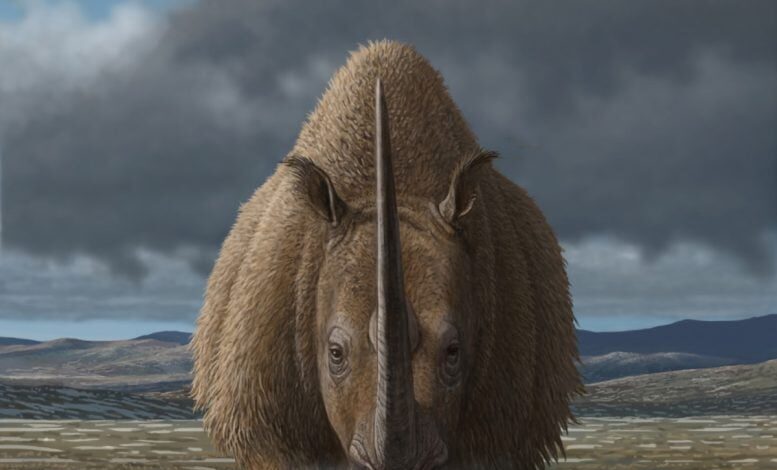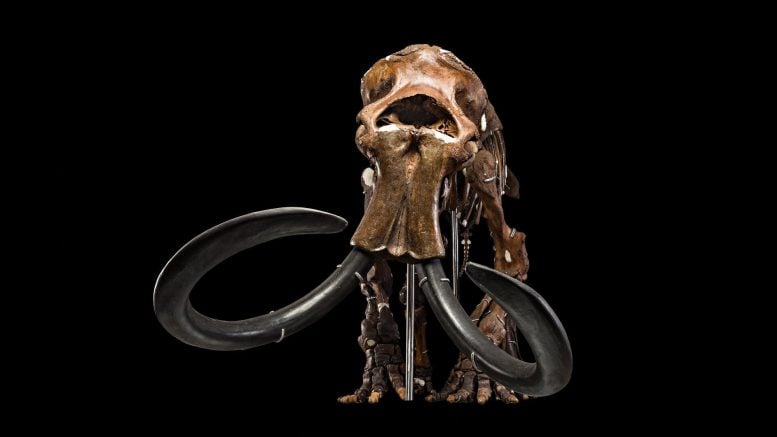A new study challenges the view that ammonoids were declining before their extinction 66 million years ago, showing instead that…
Read More »Extinction
The woolly mammoths on Wrangel Island, derived from a very small initial population, sustained themselves for 6,000 years despite genetic…
Read More »A quarry illustrating bands of stratified limestone from the ancient seafloor in what is now Mercato San Severino in Italy.…
Read More »Researchers found clues in Italian limestone about a Jurassic-era marine extinction caused by volcanic CO2 emissions, paralleling today’s climate change…
Read More »Researchers and conservationists propose a targeted global conservation strategy, focusing on preserving just 1.2% of Earth’s surface to prevent the…
Read More »Reconstruction of the oldest sea-going reptile from the Southern Hemisphere. Nothosaurs swimming along the ancient southern polar coast of what…
Read More »By University of Copenhagen – The Faculty of Health and Medical Sciences June 24, 2024 Climate change is increasing the…
Read More »Researchers have utilized a detailed global dataset of foraminifera fossils to study shifts in marine community structures before mass extinctions,…
Read More »Woolly rhinoceroses were once widely distributed across northern and central Eurasia, before going extinct some 10,000 years ago. Credit: Mauricio…
Read More »Fifty thousand years ago, North America was home to megafauna like mammoths and saber-toothed tigers. Their extinction, possibly due to…
Read More »








